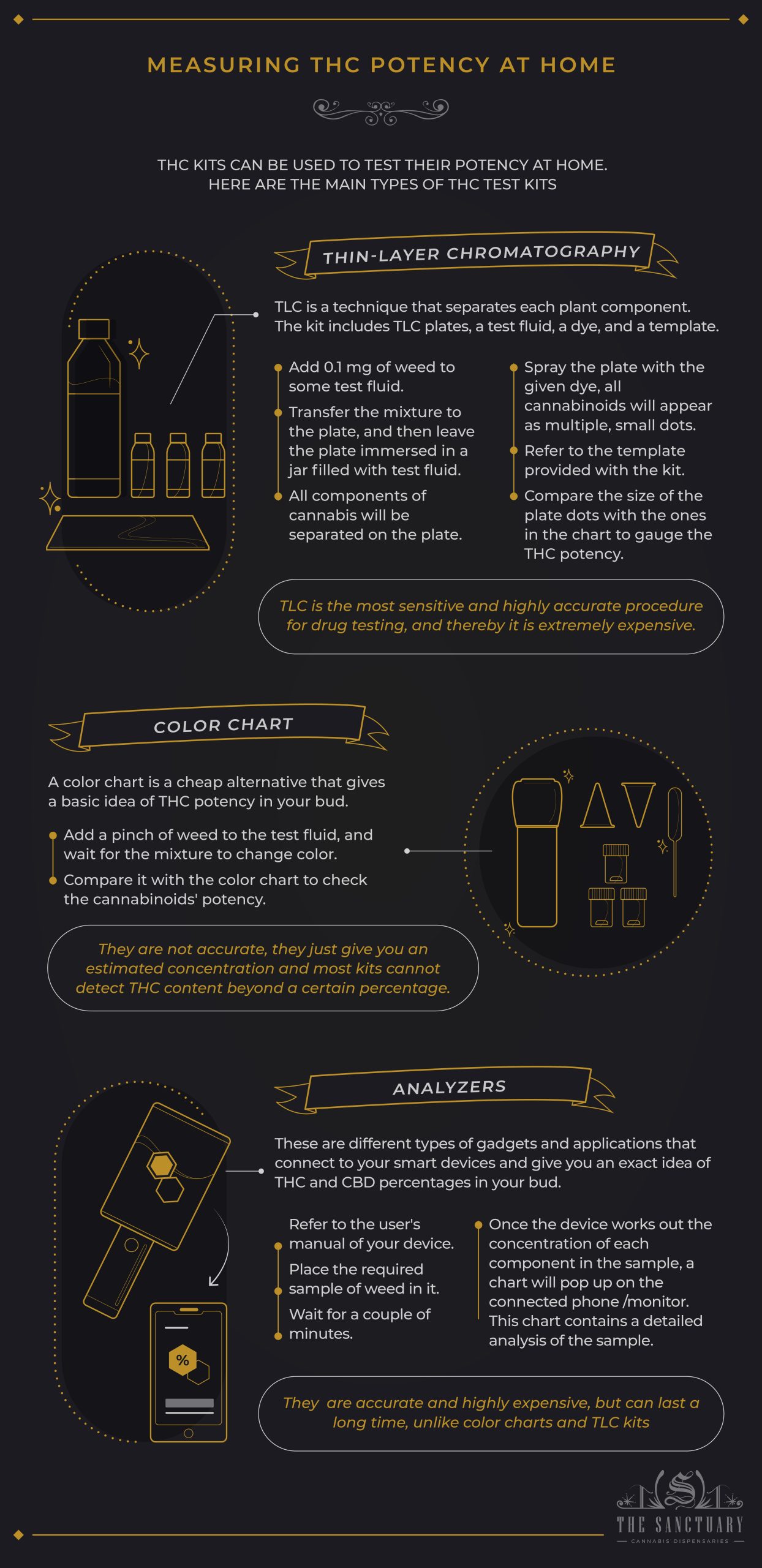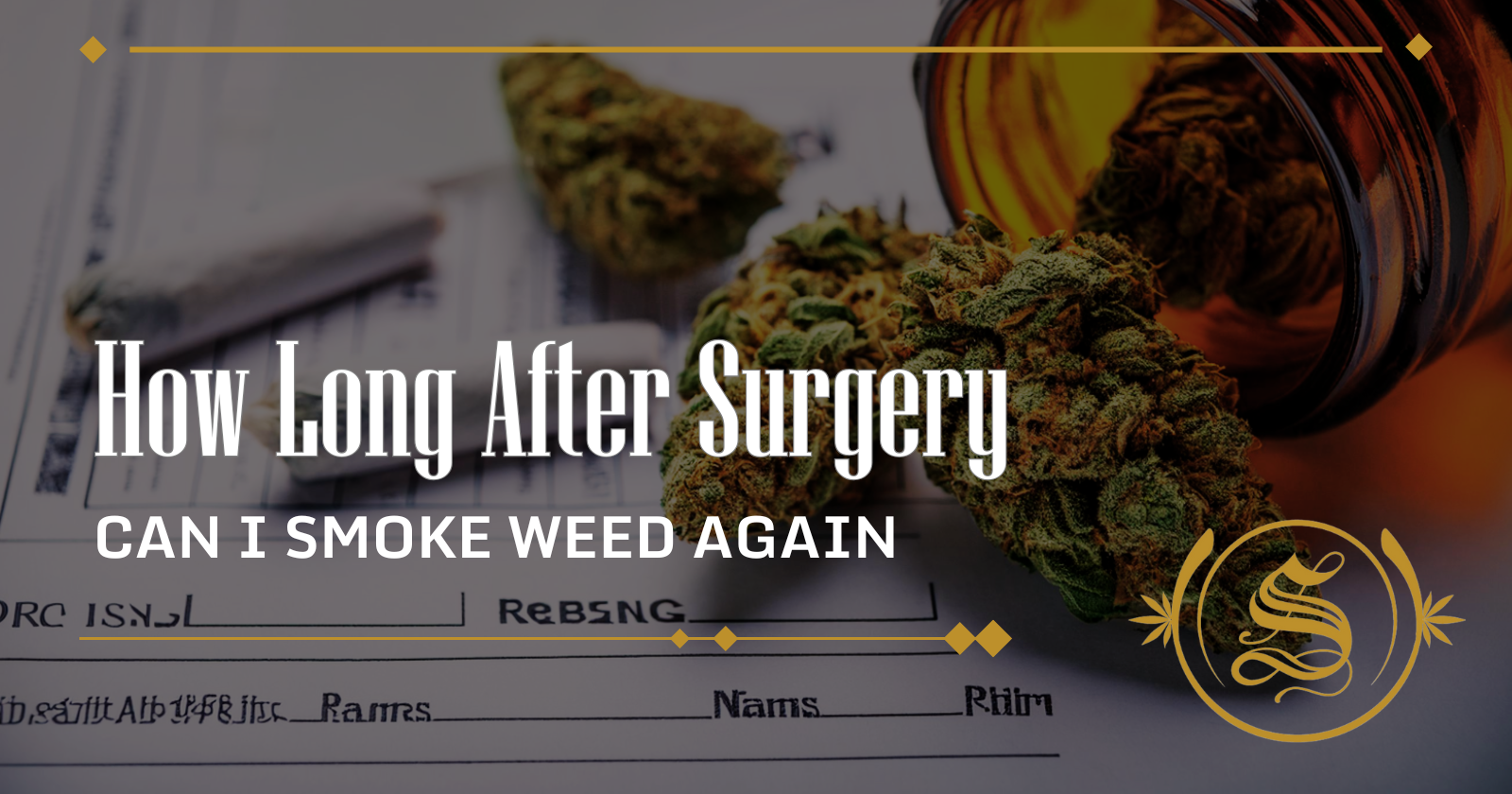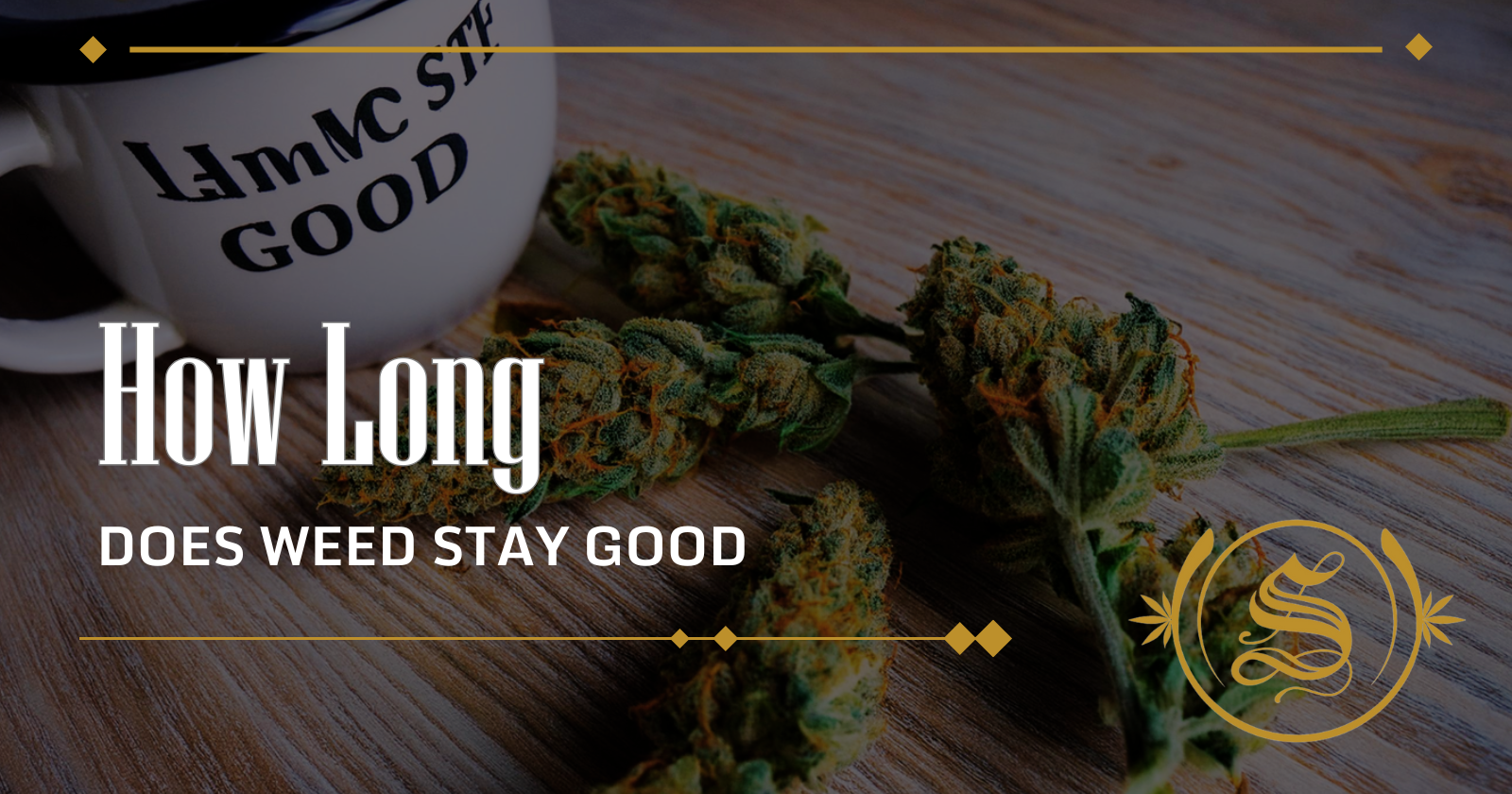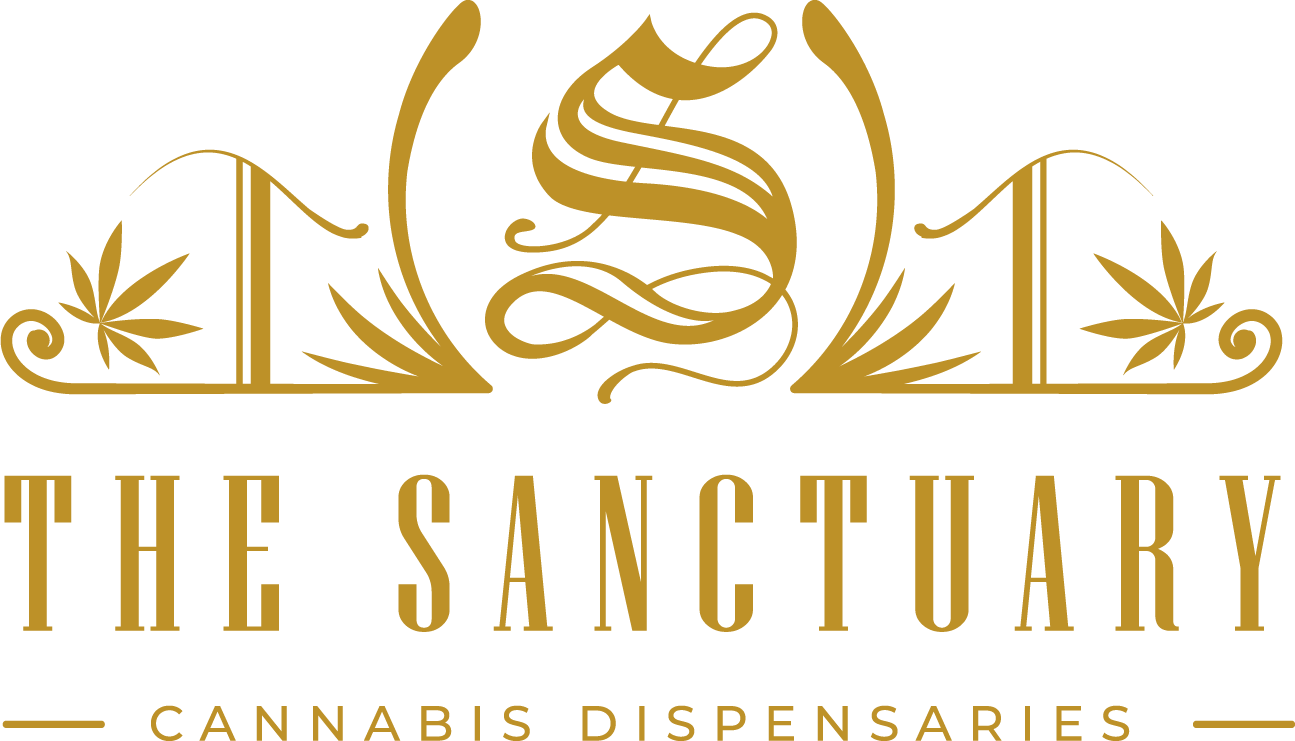Iftikhar Alam
Author
Reviewed by Cannabis Experts
Published on: March 22, 2023 | Updated on: September 11, 2024
While some people consume weed for fun and mellow narcosis, others indulge in it to cope with chronic pain or anxiety. Depending on the intensity of the hit people want from the herb, they have different preferences for its potency.
Tetrahydrocannabinol, or THC, is an important component of cannabis, and its concentration heavily determines the quality (intoxication strength) of your bud. Especially in the case of people using weed for medical reasons, adhering to a specific dose of THC and cannabinoids is crucial.
Part of smoking responsibly is knowing the exact concentration of THC in each puff of your pot. This article highlights some easy ways to help test THC potency at home.
Why Do You Need To Measure THC Potency?
THC potency refers to the concentration of THC present in cannabis. It is measured in percentage per weight of the edible and is used to calculate the strength of cannabis. THC varies widely between different strains of the product.
To Understand Health Effects and Dosage
Understandably, THC percentage affects the level of psychosis induced by a bud. While a low-THC dose does not have the desired effects, a higher percentage can be drastic, especially for people using the drug for medicinal purposes.
These side effects include,
- Lethargy
- Impaired motor functions
- Incoherent speech
- Dry mouth
- A problem in coordination and motor movements
- Paranoia
- Coma
- Death
Therefore, mapping THC potency is highly critical.
To Maximize THC Content In Cultivation
At-home cultivation of cannabis is common as a small-scale business. THC testing can help people understand the potency of their home-grown weed. Afterward, different techniques can be used to increase THC concentration in the same strain.
Measuring THC Potency At Home

THC kits can be used to test their potency at home. Here are the main types of THC test kits:
Thin-Layer Chromatography
Thin-layer chromatography, or TLC, is a technique that separates each plant component. In labs, it is used to acquire elaborate macro and microscopic insights into the botanical properties of different crops and is hence used for cannabis as well.
TLC is now available as kits that can be easily managed and used at home to check THC potency. The kit includes TLC plates, a test fluid, a dye, and a template.
Simply add 0.1 mg of weed to some test fluid. Transfer the mixture to the plate, and then leave the plate immersed in a jar filled with test fluid. In some time, all components of cannabis will be separated on the plate. Once you spray the plate with the given dye, all cannabinoids will appear as multiple, small dots.
Refer to the template provided with the kit. Compare the size of the plate dots with the ones in the chart to gauge the THC potency.
It is worth knowing that TLC is the most sensitive and highly accurate procedure for drug testing, and thereby it is extremely expensive. Nevertheless, it can be of great use for people using cannabis for health reasons or for the ones growing the plant at home.
Color Chart
A color chart is a cheap alternative that gives a basic idea of THC potency in your bud. Add a pinch of weed to the test fluid, and wait for the mixture to change color. Next, compare it with the color chart to check the cannabinoids’ potency.
It is important to mention that color charts are not accurate, and unlike TLC kits, they do not measure THC percentages. Instead, they just give you an estimated concentration. Additionally, most kits have limitations and cannot detect THC content beyond a certain percentage.
Analyzers
Analyzers employ technology to give you an exact idea of THC and CBD percentages in your bud.
These are essentially different types of gadgets and applications that connect to your smart devices. Refer to the user’s manual of your device, place the required sample of weed in it, and wait for a couple of minutes.
Once the device works out the concentration of each component in the sample, a chart will pop up on the connected phone /monitor. This chart contains a detailed analysis of the sample.
Understandably, these analyzers are accurate and highly expensive. However, while color charts and TLC kits can be used for two to three tests, the analyzers last a long time.
Apart from the three types of kits suggested in the post, there are some other reagent test kits for preliminary THC potency calculations. All these products can be brought directly from the stores, or online.
How Much THC Is Safe To Consume?
Although THC relaxes your body, it can cause serious adverse effects when consumed in excess.
According to research, starting with 1 to 2.5 mg THC is best for beginners. Although 5 mg THC is often considered a standard concentration in quality weed, it might not be tolerable for people who are new to smoking.
In contrast, habitual smokers who have developed a tolerance for weed can consume edibles with a THC potency of up to 40 mg.
Apart from dosage, there are some other factors that influence cannabis intoxication.
For example, the method of weed consumption. Cannabis can be consumed via inhalation, ingestion, and IV injections.
The nasal route has acute effects. On the other hand, edible cannabis takes much longer to assimilate into the blood and brain; therefore, instantaneous psychosis is not achieved. However, ingesting cannabis has more pronounced systemic effects than smoking /inhalation at the same THC concentration.
Conclusion
THC testing is important for weed sellers and consumers alike. This article highlights three easy and common ways you can test THC potency at home.
The color chart test is cheap and gives you an estimate of the THC content in your sample. Although it does not give the exact THC percentage, the color kit still gives an idea about bud quality and is, therefore, great for casual smokers.
On the other hand, sellers, as well as people using cannabis for medicinal purposes, need to know the accurate potency of a sample. For them, sensitive tests like thin-layer chromatography and analyzing machines /tech work best.
The content provided on this blog is for informational purposes only and does not constitute medical, legal, or professional advice. Cannabis use is subject to local laws and regulations, which vary widely by jurisdiction. Always consult with a healthcare professional before starting any new treatment or altering an existing treatment regimen. The authors and publishers of this blog are not responsible for any actions taken based on the information provided herein. Use cannabis responsibly and in accordance with applicable laws. This blog is intended for adults aged 21 and over. The Sanctuary Dispensaries D186, D187.








